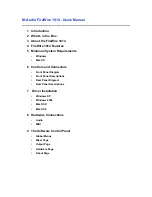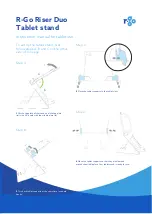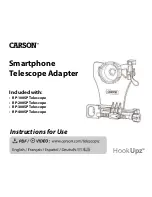
10
•
That the helmet can only protect if it fits well and that the buyer should try different sizes and choose the size
which feels secure and comfortable on the head.
•
That the helmet should be adjusted to fit the user e.g. the straps positioned so that they do not cover the ears,
the buckle positioned away from the jawbone and the straps and buckle adjusted to be both comfortable
and firm.
•
How the helmet should be position on the head to ensure the intended protection is provided (e.g. that it
should be placed so as to protect the forehead and not be pushed too far over the back of the head.
•
That a helmet cannot always protect against injury.
•
That a helmet subjected to a severe impact should be discarded and destroyed.
•
A statement of the danger of modifying or removing any of the original component parts of the helmet other
than as recommended by the manufacturer, and that helmets should not be adapted for the purpose of
fitting accessories in a way not recommended by the manufacturer
LIVALL's website :
www.livall.com
Performance standards:
•
USA:
CPSC1203:1998, FCC Part 15 Rules
•
Europe:
EN 62479:2010, EN 301 489-1 V1.9.2 (2011-09), EN 301 489-17 V2.2.1 (2012-09),
EN 300 328 V1.8.1 2012-06, EN 60950-1:2006+A11:2009+A1:2010+A12:2011
•
Australia:
AS/NZS 2063:2008+A1:2009, AS/NZS CISPR 22:2009+A1:2010, AS/NZS 4268:
2012+A1:2013, Radiation Protection Series Publication No. 3
Содержание MTL
Страница 1: ...Quick Start Guide www livall com MTL ...




























